1 Linearized frequency domain Landau -Lifshitz-Gilbert equation formulat ion
2025-04-30
0
0
377.48KB
4 页
10玖币
侵权投诉
1
Linearized frequency domain Landau-Lifshitz-Gilbert equation
formulation
Zhuonan Lin1,2,3 and Vitaliy Lomakin1,2
1)Department of Electrical and Computer Engineering, University of California San Diego, La Jolla, California 92093, USA
2)Center for Memory and Recording Research, La Jolla, California 92093, USA
3)Materials Science and Engineering Program, University of California San Diego, La Jolla, California 92093, USA
(*Electronic mail: vlomakin@eng.ucsd.edu)
(Dated: 3 October 2022)
We present a general finite element linearized Landau-Lifshitz-Gilbert equation (LLGE) solver for magnetic systems under weak
time-harmonic excitation field. The linearized LLGE is obtained by assuming a small deviation around the equilibrium state of the
magnetic system. Inserting such expansion into LLGE and keeping only first order terms gives the linearized LLGE, which gives a
frequency domain solution for the complex magnetization amplitudes under an external time-harmonic applied field of a given
frequency. We solve the linear system with an iterative solver using generalized minimal residual method. We construct a
preconditioner matrix to effectively solve the linear system. The validity, effectiveness, speed, and scalability of the linear solver are
demonstrated via numerical examples.
I. INTRODUCTION
The magnetization dynamics is described by the Landau-
Lifshitz-Gilbert equation (LLGE). LLGE is a time dependent
non-linear equation, and it describes the magnetization
dynamics in both linear and non-linear regimes. Solving
LLGE can be computationally expensive as it requires
obtaining solutions at many time steps and it is often
numerically stiff, which may require either small time steps or
assisting linear solvers. Under weak dynamics excitations,
however, the magnetization dynamic response may be linear.
Examples of such systems are spin wave excitations under
weak time-dependent applied fields or the initial dynamics
under spin torque excitations1,2. In such cases, LLGE can be
linearized in terms of a weak magnetization deviation around
the equilibrium state. Such linearization has been used to
obtain solutions in terms of the eigenstate representations3 and
it can be used to obtain solutions even for non-linear problems
4–6.
Here, we present a linear frequency domain LLGE (FD-
LLGE) solver. The FD-LLGE solver provides a linearized
magnetization solution as a response to a dynamic excitation,
e.g., the applied field, which is a characterized by a given
frequency. Considering a given frequency allows formulating
a time independent linear equation for a complex
magnetization amplitude, which can, then, be used to provide
linear time domain solutions. The FD-LLGE solver is
developed based on the finite element based micromagnetic
simulator FastMag7. The linear system is solved effectively
with an iterative solver. The number of iterations is
significantly reduced using a linear preconditioner. Solving
the FD-LLGE is much more efficient and provides a more
physically insight than solving the original LLGE.
II. FORMULATION
The magnetization dynamics is described by the LLGE,
which is, in its implicit form, is written as
()
eff a
tt
= − + +
mm
m H H m
, (1)
where
m
is the normalized magnetization,
is the
gyromagnetic ratio,
is the damping constant. The term
0a a a
=+H H h
is the applied field containing a static
component
0a
H
and a dynamic component
a
h
, which is a
time harmonic excitation at a circular frequency
, i.e., it can
be written as
Re{ ( ) }
jt
aa
e
=h h r
, (2)
where
a
h
is the complex amplitude of the exciting magnetic
field, which represents its magnitude and phase. The term
eff
H
in LLGE (1) is the effective field. The effective field is a
function of
m
, and it is composed of several components,
including the magnetostatic field
ms
H
, exchange field
ex
H
,
and anisotropy field (assumed uniaxial)
an
H
:
2
,
,
||
2,
ˆˆ
( ) .
eff ms ex an
ms s
ex
s
an K
C
Md
A
M
H
= + +
=
−
=
=
H H H H m
m
Hr
rr
Hm
H k m k
(3)
Here,
S
M
is the saturation magnetization,
A
is the exchange
constant,
K
H
is the anisotropy field, and
ˆ
k
is the uniaxial
anisotropy axis direction. The effective field is linear in
m
and, therefore,
C
is the linear field operator that is
independent of
m
.
The LLGE (1) is non-linear in
m
due to the presence of the
cross products and it describes the magnetization dynamics in
a broad range of situations, including linear and non-linear
effects. In various cases, however, the general LLGE can be
linearized. Such a linearization is allowed when the
magnetization varies insignificantly around its equilibrium
state. Weak magnetization variations can be due to weak
摘要:
展开>>
收起<<
1LinearizedfrequencydomainLandau-Lifshitz-GilbertequationformulationZhuonanLin1,2,3andVitaliyLomakin1,21)DepartmentofElectricalandComputerEngineering,UniversityofCaliforniaSanDiego,LaJolla,California92093,USA2)CenterforMemoryandRecordingResearch,LaJolla,California92093,USA3)MaterialsScienceandEngine...
声明:本站为文档C2C交易模式,即用户上传的文档直接被用户下载,本站只是中间服务平台,本站所有文档下载所得的收益归上传人(含作者)所有。玖贝云文库仅提供信息存储空间,仅对用户上传内容的表现方式做保护处理,对上载内容本身不做任何修改或编辑。若文档所含内容侵犯了您的版权或隐私,请立即通知玖贝云文库,我们立即给予删除!
分类:图书资源
价格:10玖币
属性:4 页
大小:377.48KB
格式:PDF
时间:2025-04-30


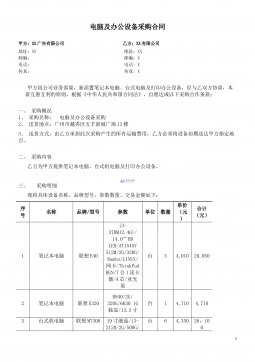
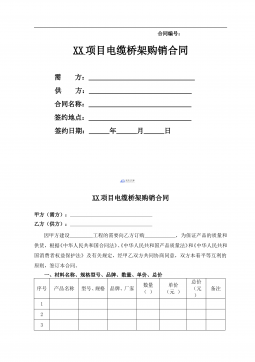
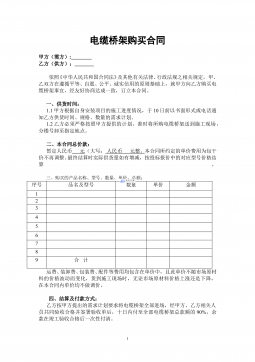
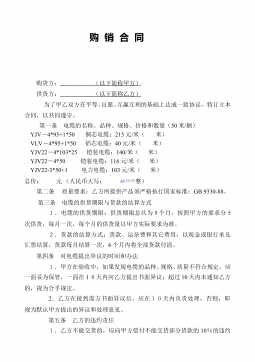
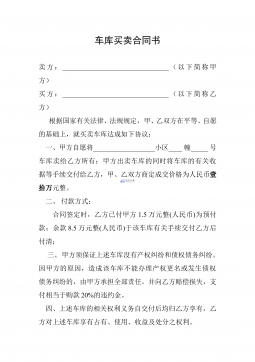
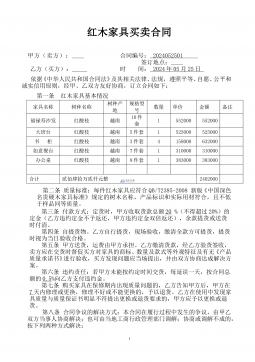
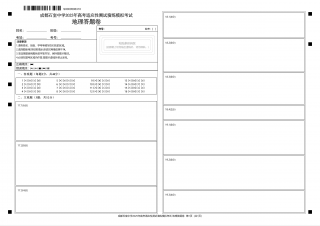
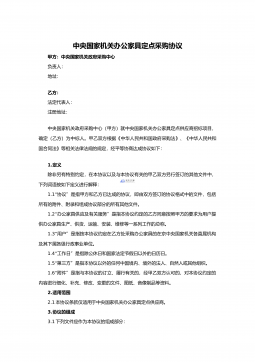
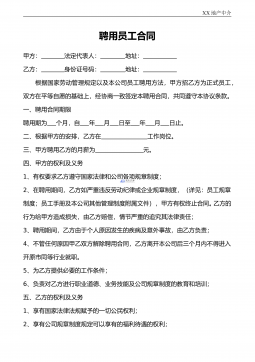
 渝公网安备50010702506394
渝公网安备50010702506394
